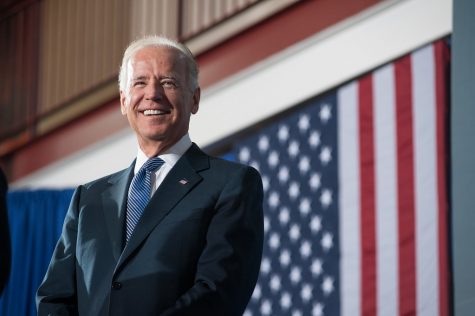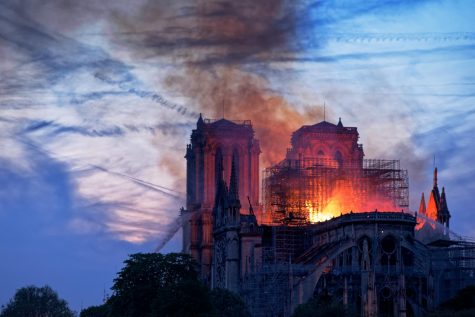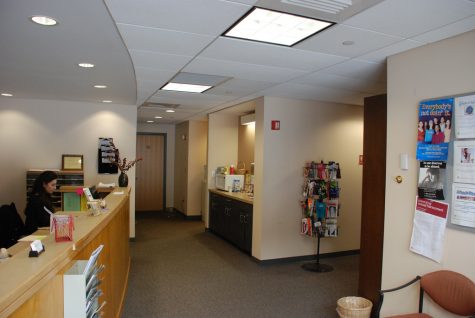For The Benefit and Enjoyment of People

For The Benefit and Enjoyment of People
Gramercy Park, a private park in downtown Manhattan, epitomizes the problems inherent to for-profit green spaces.
Andy Rusch
Andy Rusch
Gramercy Park, a private park in downtown Manhattan, epitomizes the problems inherent to for-profit green spaces.
May 1, 2019
Filed under Opinion
Hang on for a minute...we're trying to find some more stories you might like.
Email This Story
By Collin Bonnell
Bushkill Falls, a park located in Bushkill, Pa., should be one of the great wonders of the Delaware Valley.
The park, which consists of over 300 acres in the Delaware Water Gap National Recreation Area and includes a series of waterfalls which together descend 300 feet, should be one of the great wonders of Eastern Pennsylvania. Easily accessible from New York City, Philadelphia and Scranton, and located in the heart of the forested Poconos, the park’s location seems ideal. Indeed, it claims to be “the Niagara of Pennsylvania.” Yet, something is deeply wrong with the site.
It is privately owned and operated by Aramark, the same conglomerate which serves as a contractor for private prisons, manufactures uniforms, operates Fordham Campus Dining and has developed a reputation for labor abuses.
Since the creation of the park in 1904, its private owners have ravaged the once beautiful area in pursuit of profit. The banks of the waterfall have been desecrated by handrails, ramps and bridges which seem to cover every precipice. Trees have been cut to clear the view.
The landscape has been altered to make the park more accessible. Crowds of people swarm the edges of the central stream. The entrance resembles a strip mall. Admission costs up to $16.50.
While I do not doubt that this business venture has proved very profitable, it has destroyed the falls and stands as a textbook example of why wonders like Bushkill Falls should never fall under private ownership. Bushkill Falls is not the only example of a private park which has served to exploit green space that ought to belong to the public.
Gramercy Park in Manhattan is another example, and it shows how such establishments have been used to further class divides in America. Built in the late 19th century, the private park is only accessible through the use of 383 keys.
To own a key, you must be a resident of one of the luxury housing developments which border the park and pay $350 a year, on top of the $7,500 charge per lot for the buildings which surround the park. Gramercy Park, located on its own block, is surrounded by a high and ornately decorated fence which allows all passersby to look in, but prevents its greenery from being accessed by the general public.
The park sits as an empty playground for the rich in full view of the public. In a city starved of green space, this presents a clear problem, yet private parks are not a new issue.
During the 19th century, private development of areas such as Niagara Falls ruined monuments to nature’s beauty across the eastern United States. Meanwhile, the rapid development of the wetlands which once covered what is now New York City urged the creation of Central Park as a public space in the center of the growing metropolis in the 1850s. The city decided that such a public space was integral for the well being of the public.
Over a decade later, Central Park’s designer Frank Law Olmsted and other New York-based conservationists would help establish America’s first National Park, Yellowstone, as a wilderness area preserved “for the benefit and enjoyment of the people.” In their eyes, the preservation and free access of these lands were vital to the well being of the people.
In the time since Yellowstone was founded, more and more lands have come under government protection and been made accessible to the public. Yet still more lands ought to be acquired and protected for the betterment of the public’s physical and spiritual health.
When reflecting on the destruction of the wilderness of the western United States, John Muir, the great naturalist, once reflected that “God has cared for these trees… but he cannot save them from fools — only Uncle Sam can do that.” We ought to understand that green spaces such as these are as necessary for well being of the public as access to food or water.
They ought to be protected by the government and made accessible to all Americans.
Collin Bonnell, FCRH ’21, is a history and theology major from Hingham, Massachusetts.











If you want a picture to show with your comment, go get a gravatar.